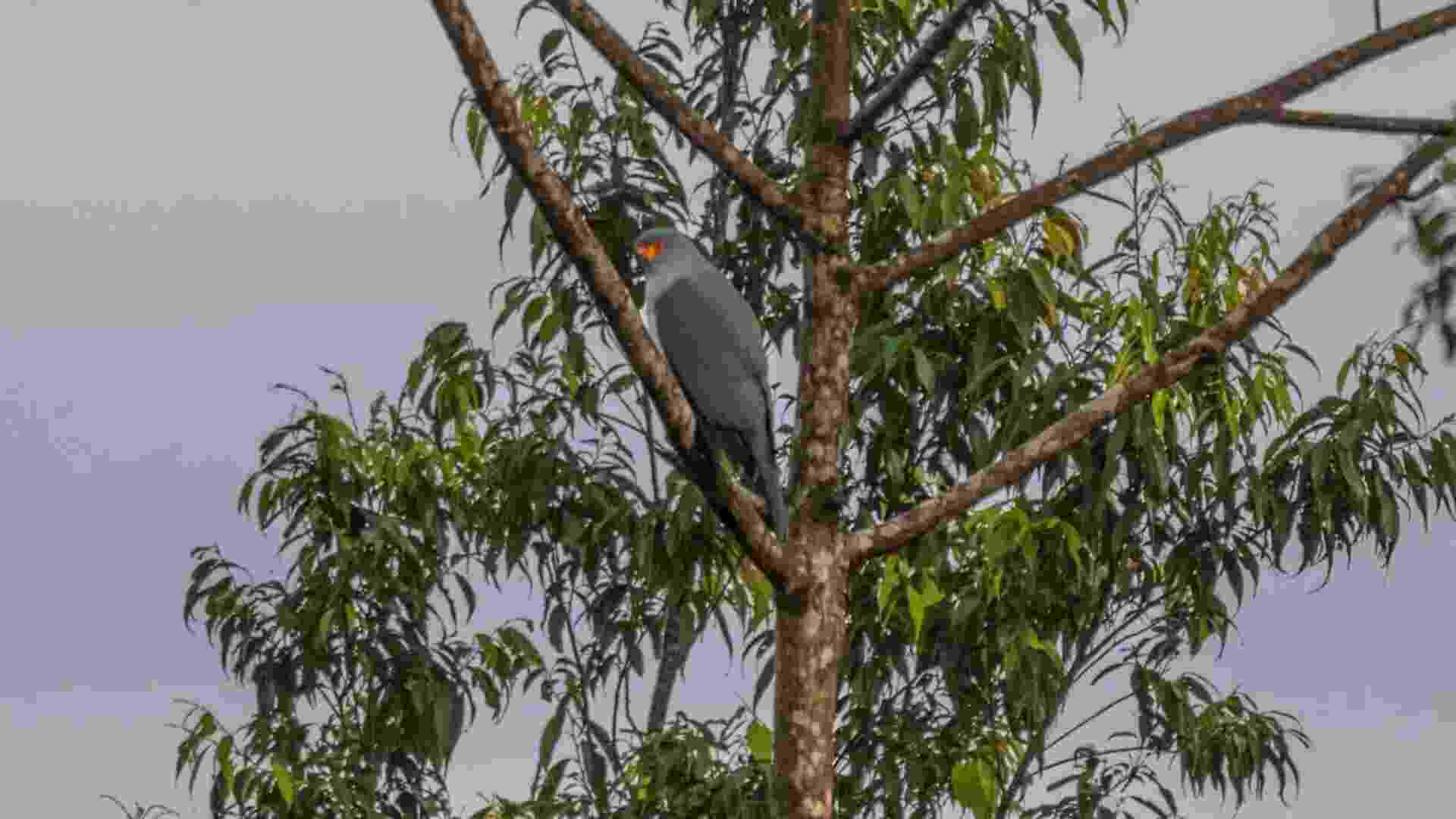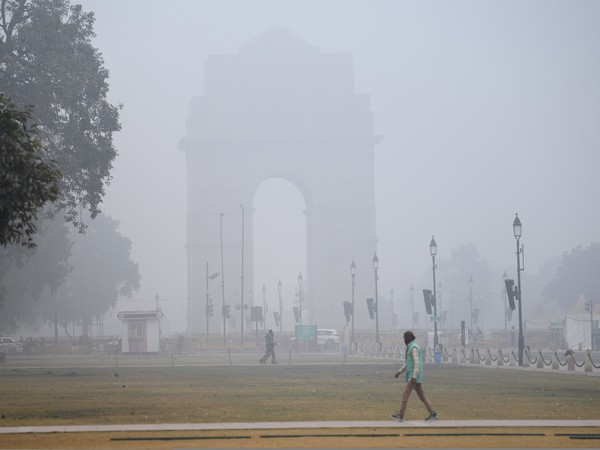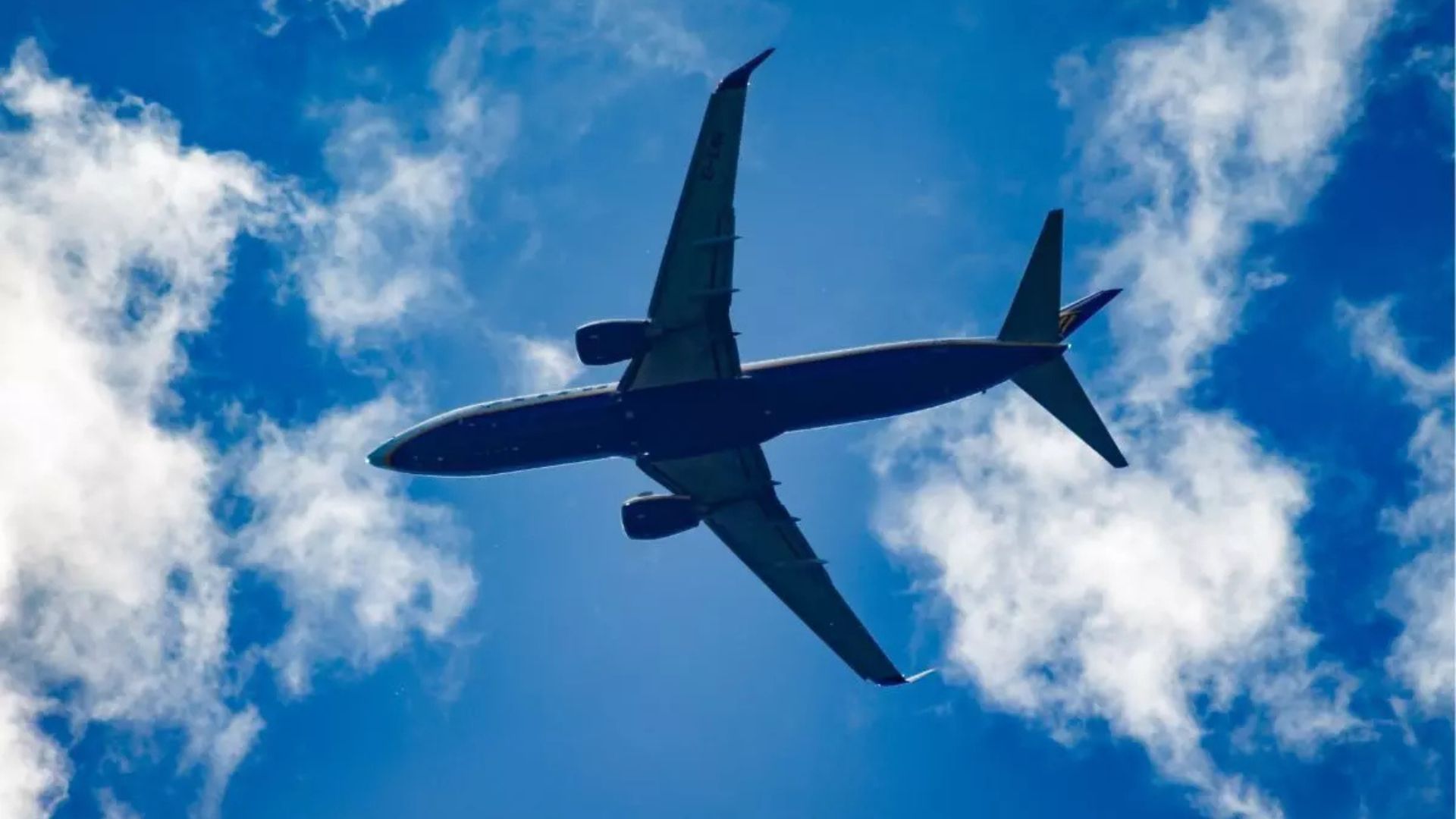
The New Britain Goshawk, a bird species native to Papua New Guinea, has been photographed for the first time ever. Marine biologist Tom Vierus, based in Fiji, captured the elusive bird while collaborating with the World Wide Fund for Nature (WWF). This sighting marks the first recorded photograph of the species in over 55 years, with the last documented specimen dating back to July 1969, now preserved at the American Museum of Natural History in New York.
John Mittermeier, Director of the Search for Lost Birds, stated, “While there have been multiple sight-only records in the intervening years, the New Britain Goshawk seems to have eluded photo, sound, and specimen documentation for 55 years.” WWF officer Oscar Pileng, who works in Pomio, East New Britain, where the bird was photographed, explained that the species is known as keango or kulingapa in the local language and is rare in its natural habitat. The bird is never seen in coastal regions and is mostly observed in remote inland areas.
Vierus expressed his excitement, saying, “It was such a great surprise to hear that this photo seems to be the first-ever of this ‘lost species.’” He emphasized the role of conservation photography in protecting biodiversity and the importance of visual storytelling.
In the region, the indigenous Mengen and Mamusi peoples live harmoniously with nature, their traditions and beliefs closely tied to the environment. WWF has been collaborating with local communities and officials to preserve the native wildlife. Papua New Guinea, which boasts the world’s third-largest virgin tropical forest after the Amazon and Congo basins, is rich in biodiversity, with over “5,000 lakes, extensive river systems and wetlands, more than 8,000 kilometres of mangrove swamps, lagoons, coral reefs and atolls.”















